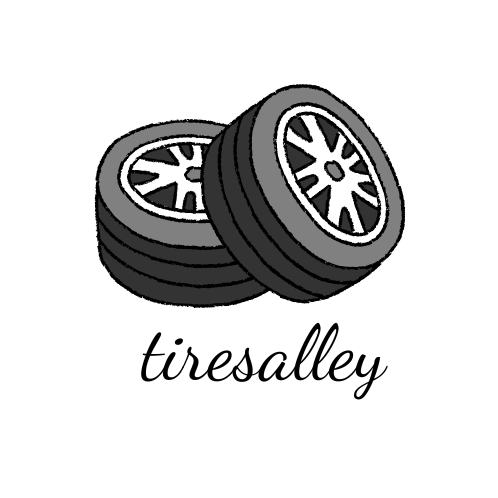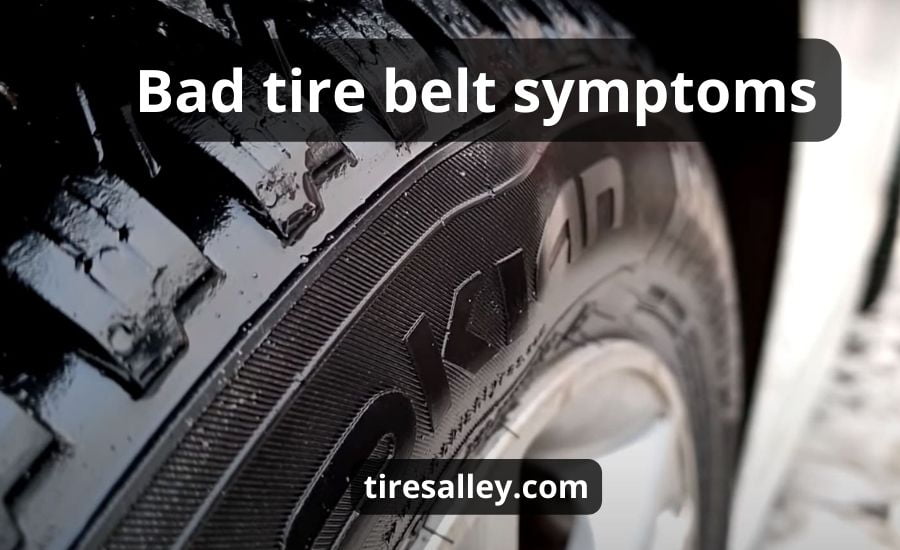Which bad tire belt symptoms? Tires are primary parts of a vehicle made up of intricate high-quality components to guarantee safety and optimal performance on the road, tire belts are one of these components providing structural stability and integrity, and issues with this important component can jeopardize your driving experience.
In this article, I share with you my years of experience and explain how you can easily identify issues with your tire belts and how you can approach such situations.
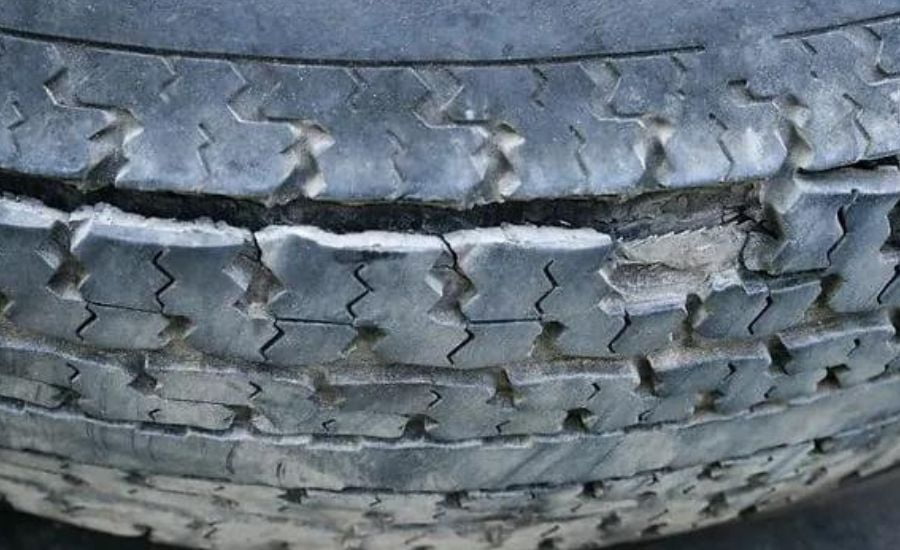
Contents
Causes of a bad tire belt
A broken steel belt in your vehicle can be due to several reasons. Here I give them:
Road hazards
Road hazards are an unavoidable part of driving, presenting ongoing risks to the longevity and security of our vehicle’s tires, particularly their tire belts.
Potholes on roads are very common road hazards that develop as a result of weathering, wear, or poor maintenance. Tires are subjected to extreme strain from these craters and uneven surfaces, which can result in abrupt impacts and defective belts.
Debris, including sharp objects, glass, nails, or metal fragments scattered on the road, poses puncture risks to tires and tire belts.
This debris can pierce through the rubber, potentially harming the steel belts.
Roads undergoing construction often have loose gravel, rocks, or construction materials strewn across the surface, these materials can cause abrasions or cuts on tires, leading to tire belt breaks over time.
Overloading
Overloading refers to surpassing the recommended weight limits for a vehicle or specific tires. The extra weight puts the tires under unnecessary strain, which affects the tire’s structural integrity.
Both the effectiveness of the tire belts and the vehicle performance are seriously jeopardized by overloading.
Overloading a vehicle with more passengers than it is designed to hold or carrying heavy loads of cargo can cause overloading ultimately leading to broken tire belts.
Overloading often leads to uneven weight distribution across the tires, causing some sections to bear more load than others, straining the belts unequally potentially leading to a broken steel belt.
Underinflation or overinflation
Tire pressure is the measure of air inside a tire which is essential for both safety and optimum vehicle performance when the air pressure in a tire is lower than what the manufacturer recommends. This leads to increased flexing of the tire walls and inadequate support for the steel belts.
Overinflation occurs when a tire is inflated above the recommended pressure, which puts too much strain on the steel belt by making the tire rigid and less able to absorb shocks.
Underinflated tires have excessive sidewall flexing, leading to increased heat generation. This heat can weaken the belt materials, affecting their structural integrity and leading to vibration in the steering wheel.
An overinflated tire has reduced flexibility, causing the steel belt to endure more stress during impact. This stress can lead to belt deformation or even cracking.
Age and wear
Tires experience aging from the moment they are manufactured, regardless of use. Exposure to oxygen, heat, and light contributes to this aging process.
The rate at which tires age and wear is influenced by a variety of factors, including driving habits, climate, road conditions, and maintenance procedures.
The rubber compounds in tires change chemically over time, which causes the belts to lose their elasticity and strength.
I always recommend to my clients avoiding exposure to sunlight, heat, and fluctuating temperatures because this can cause cracking in the rubber, weakening the belts and leading to worn-out tires.
An aged belt in an old tire may lose its ability to maintain optimal traction and stability, affecting overall vehicle performance.
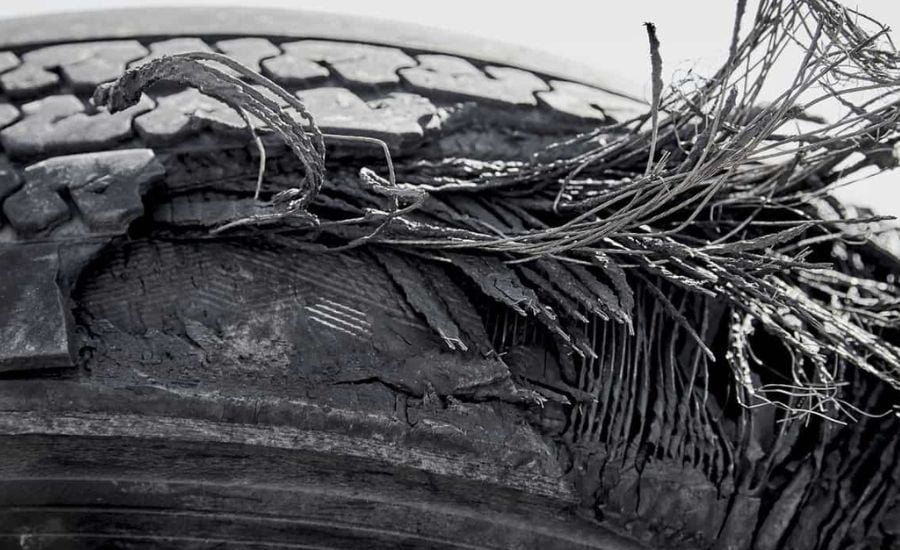
Improper installation
Improper tire installation refers to a variety of mistakes that can be made when installing tires on wheels, making sure they are properly seated and aligned, and attempting to distribute the weight across the tires to prevent vibrations.
Uneven wear from improperly installed or unbalanced tires can damage tire belts and jeopardize their structural integrity.
The car may vibrate due to misaligned or unbalanced tires, making it difficult to use the steering wheel.
Continual stress on tire belts due to improper installation can shorten their lifespan and lead to bad belts or broken tire belts.
Extreme temperatures
Prolonged exposure to high temperatures can accelerate chemical reactions in tire compounds, leading to softening, degradation, and potential tire damage.
Extreme cold causes tire materials to stiffen and become less flexible, potentially affecting belt performance and leading to cracking or structural damage.
Excessive heat can cause tire components, including the steel belt, to soften, compromising their structural integrity.
Extreme temperature fluctuations can lead to thermal expansion and contraction, resulting in belt separation or delamination, where the layers of the belt separate over time ultimately leading to a broken belt.
Symptoms of a broken belt
Here I will give you the situations when it might be a broken belt:
Visible bulges. These bulges typically appear on the sidewall or tread area and indicate potential internal damage to the tire structure. When the layers within the tire begin to separate, it can cause bulges or blisters on the tire’s surface, signaling a broken belt.
Irregular tire wear. When uneven wear appears as cupped or rounded patterns on the tire tread, it may indicate structural issues or misaligned belts that compromise tire stability. If the tread blocks wear unevenly on tires with feathered edges, it could be a sign of a broken belt, causing erratic contact with an uneven surface.
Vibration or shaking. The sensation of vibrations or shaking from the steering wheel while driving is a noticeable indication that you have a broken belt. An imbalanced tire due to belt issues can cause noticeable vibrations from the steering wheel, especially at lower speeds, affecting overall ride comfort.
Bad tire belt sound. For me, one of the primary indicators of a deteriorating tire belt is the emergence of audible noises emanating from the tire. A thumping or bumping noise while driving can indicate a problem with the tire or the belt. This bad tire belt sound often coincides with the damaged portion of the tire hitting the road as the wheel rotates.
Loss of air pressure. Another notable sign of possible tire belt damage is a sudden or gradual loss of air pressure in a tire without any obvious signs of a puncture.
Damage to the tire belt inside can result in slow air leaks that lower pressure without obvious external punctures.
Heat. Heat is one of the most common bad tire belt symptoms, excessive heat generated by a tire, especially during operation, can be indicative of broken tire belts. Rear or front tires experiencing belt-related problems might feel excessively hot to the touch after driving, signaling potential internal issues.
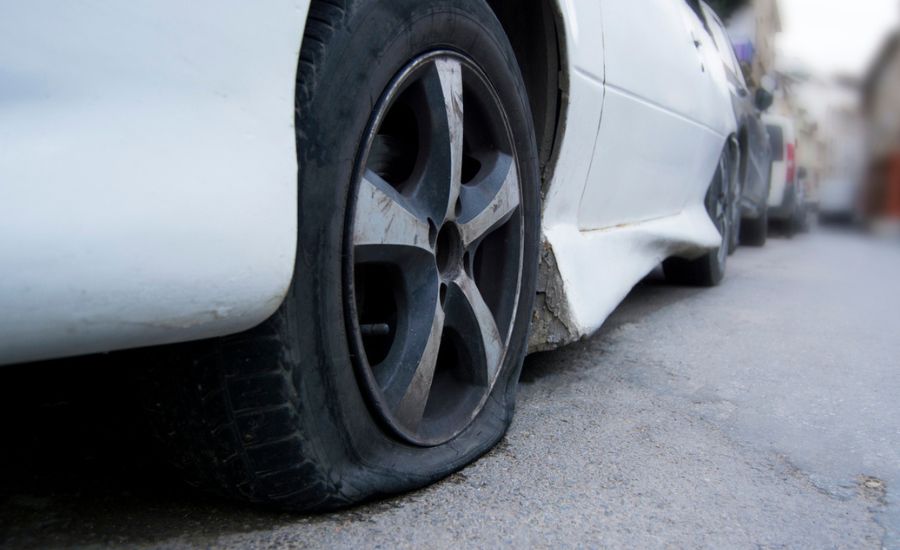
Solutions to a broken tire belt
Avoid driving further on a tire suspected of having a broken belt. Continuing to drive on a compromised tire can exacerbate the issue, potentially leading to further damage, loss of control, and even accidents.
Attempting to repair a broken tire belt yourself, especially if not experienced can be very dangerous.
If a broken belt is suspected or confirmed, the safest course of action is to seek professional help and replace the affected tire with a new tire.
I advise you to follow this recommendation to avoid further damage.
Should you drive with a broken tire belt?
No, you should not drive your vehicle if you have broken belts, if you have a separated tire, or if your tire has numerous tiny bumps, get rid of the tire and get a new tire before the tire belt snaps completely.
Driving on a broken tire belt feel like continuous vibrations and shaking, a separated tire or a broken belt should be fixed immediately to avoid further damage.
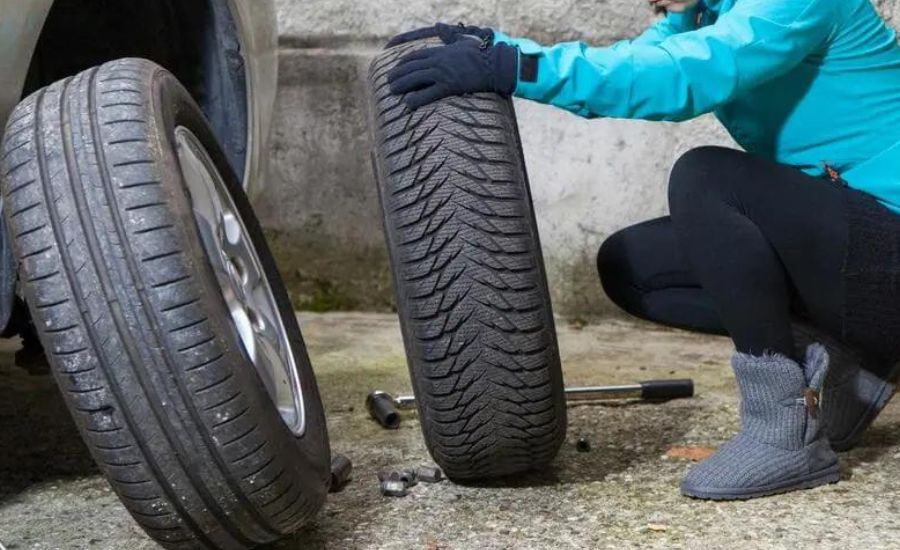
FAQ
Will a broken belt in a tire cause vibration?
Broken tire belts can lead to several effects on the car, these effects include the car vibrating all of a sudden.
Is it safe to drive with a broken tire belt?
Absolutely not! You should try as much as possible to avoid driving your car if you have damaged belts or bad belts as it can lead to brutal accidents.
What noise does a broken belt in a tire make?
A broken tire belt can make several noises depending on the severity of the situation, this noises include squealing, thumping, or a hissing noise.
What causes a belt to go bad in tire?
A broken steel belt can be due to several tire issues these issues include improper installation, overinflation, and tire aging.
Conclusion
Loss of air pressure, numerous tiny bumps, vibration at lower speeds, and irregular tire wear are all bad tire belt symptoms. By purchasing high-quality all-season tires and ensuring proper maintenance you can avoid broken belts and guarantee a safe and amazing driving experience.
I hope this guide was useful and will help you easily identify a bad tire belt!
